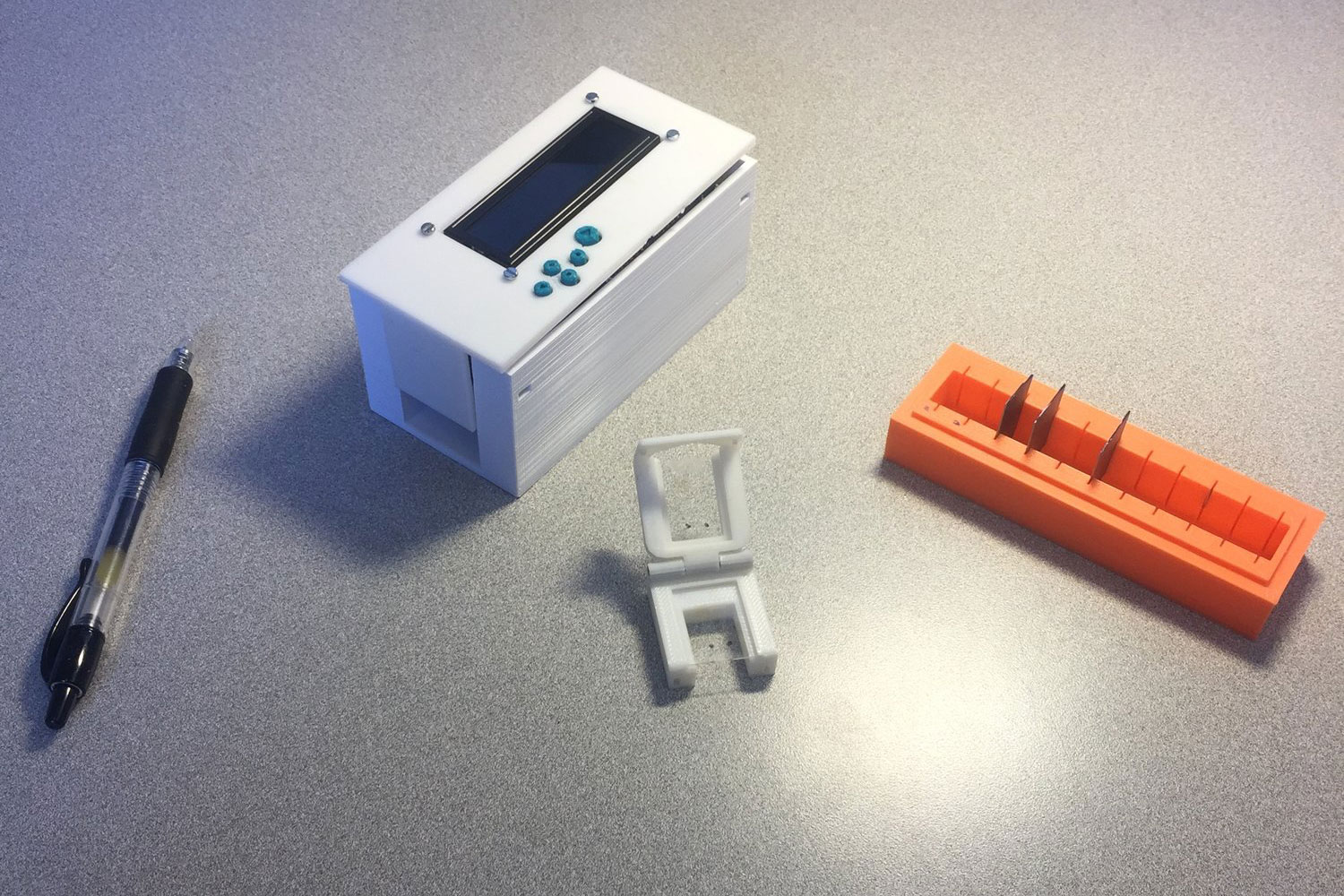Conservation X Labs’ DNA Barcode Scanner
Problem
Illegal wildlife trade generates between $7 billion and $23 billion each year in illicit revenue. Many fish, timber species, and other wildlife are difficult to identify visually — especially if they have been turned into processed products. DNA analysis can be a useful tool, but typically requires a lab with expensive equipment.
Solution
Conservation X Labs’ low-cost, modular, portable DNA Barcode Scanner allows users to take a sample of a product and confirm its species identity — within an hour — without access to taxonomic experts or a laboratory. The device uses and contributes to the Barcode of Life Data Systems (BOLD) reference library, and disposable identification assays can be used for sample species identification.
Impact
The scanner is being tested with future customers in fields such as seafood fraud detection and wildlife trafficking; for example, validating the identity of farmed salmon being sold as wild-caught, or identifying endangered species in a shipping container. Working with scientists and law enforcement officials around the world, the scanner has contributed to the BOLD database, which now includes over 6.7 million DNA barcode sequences from more than 275,000 species.
Read more about the DNA Barcode Scanner in the Atlantic, Forest Trends, and BioGraphic.
